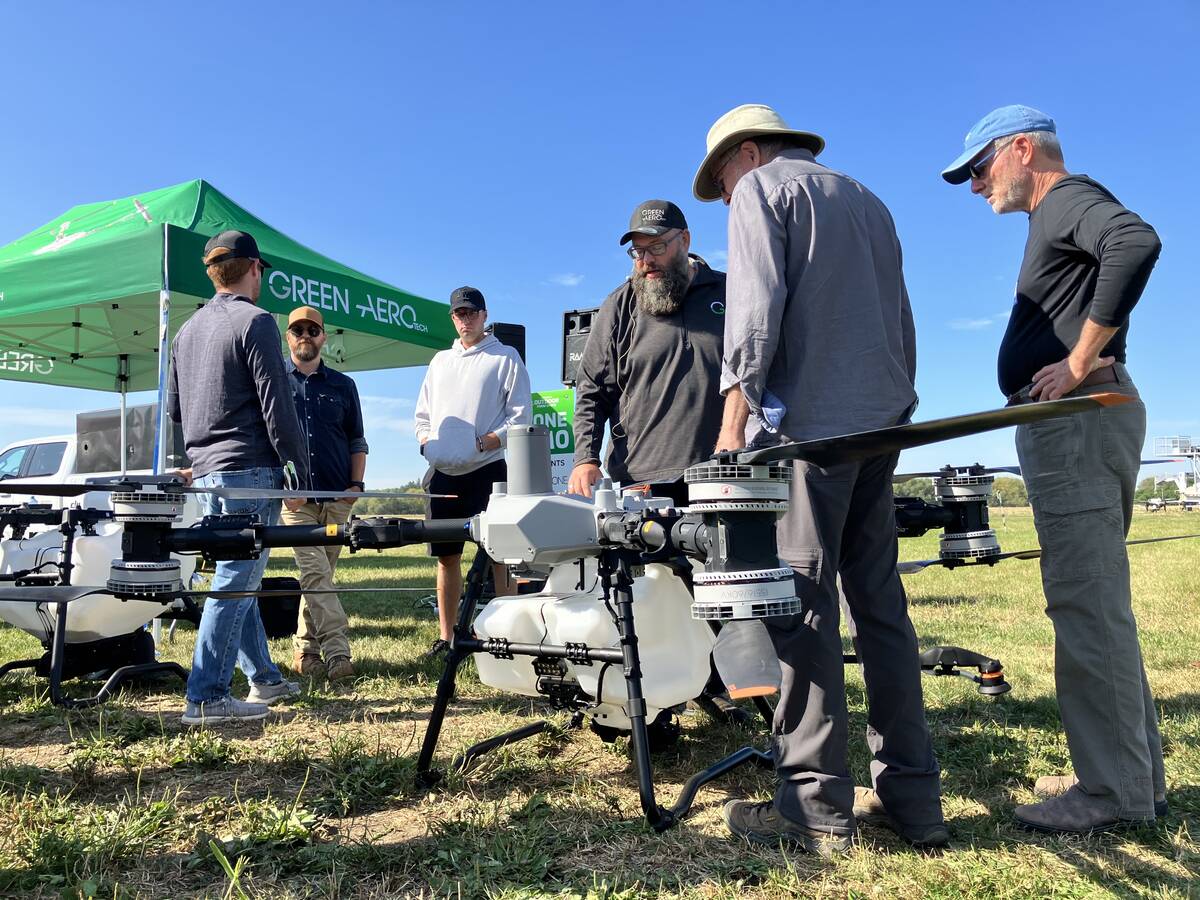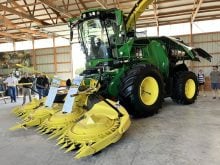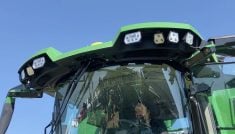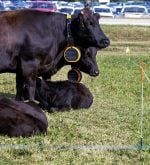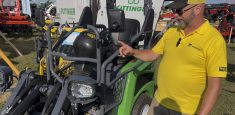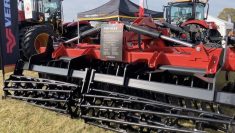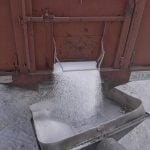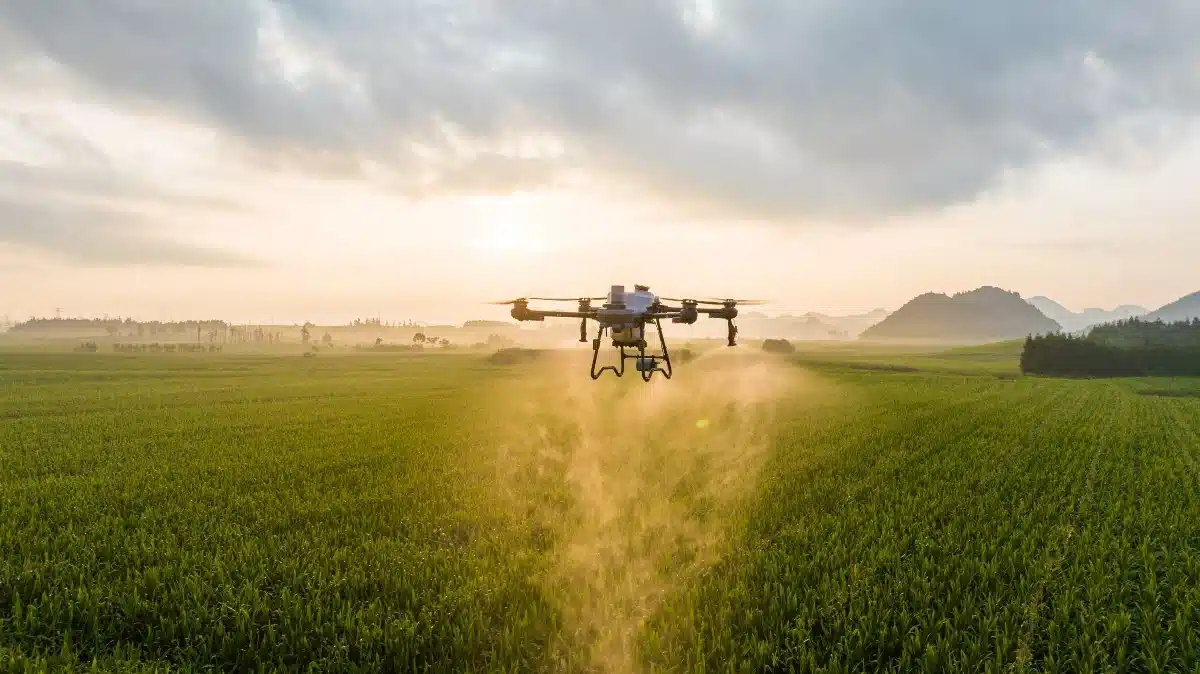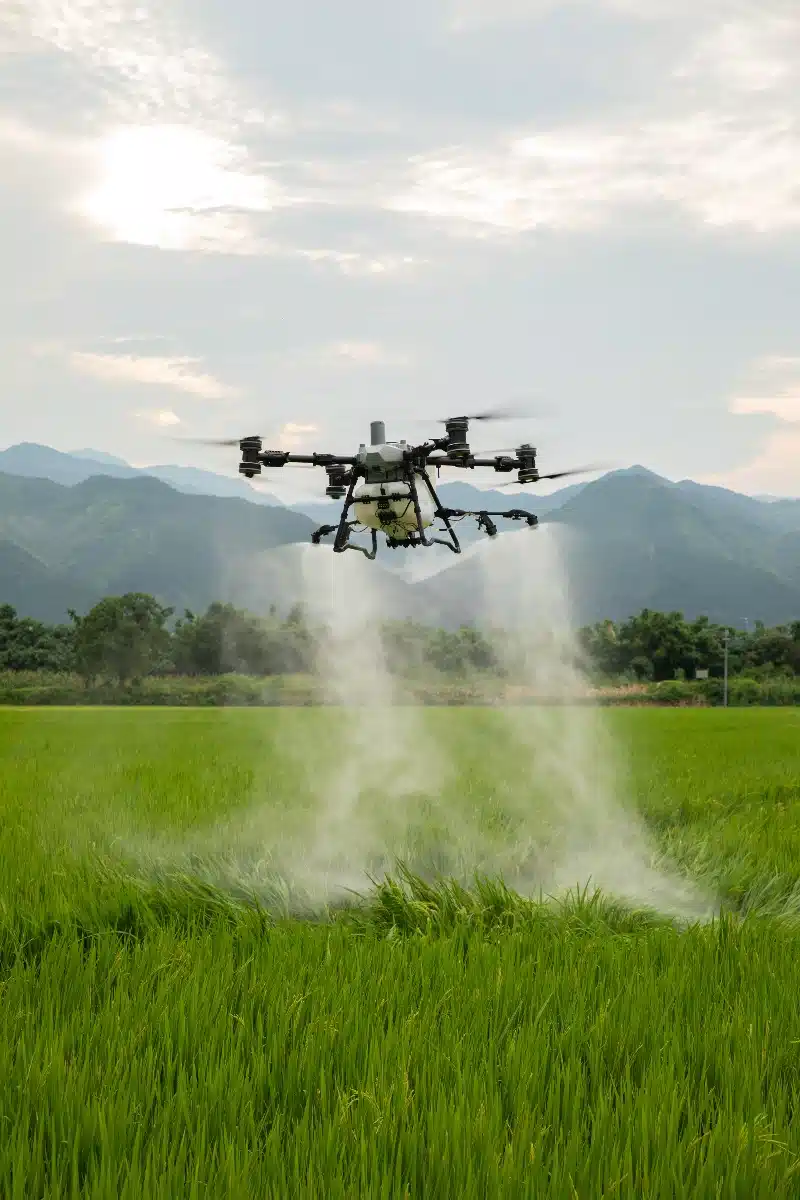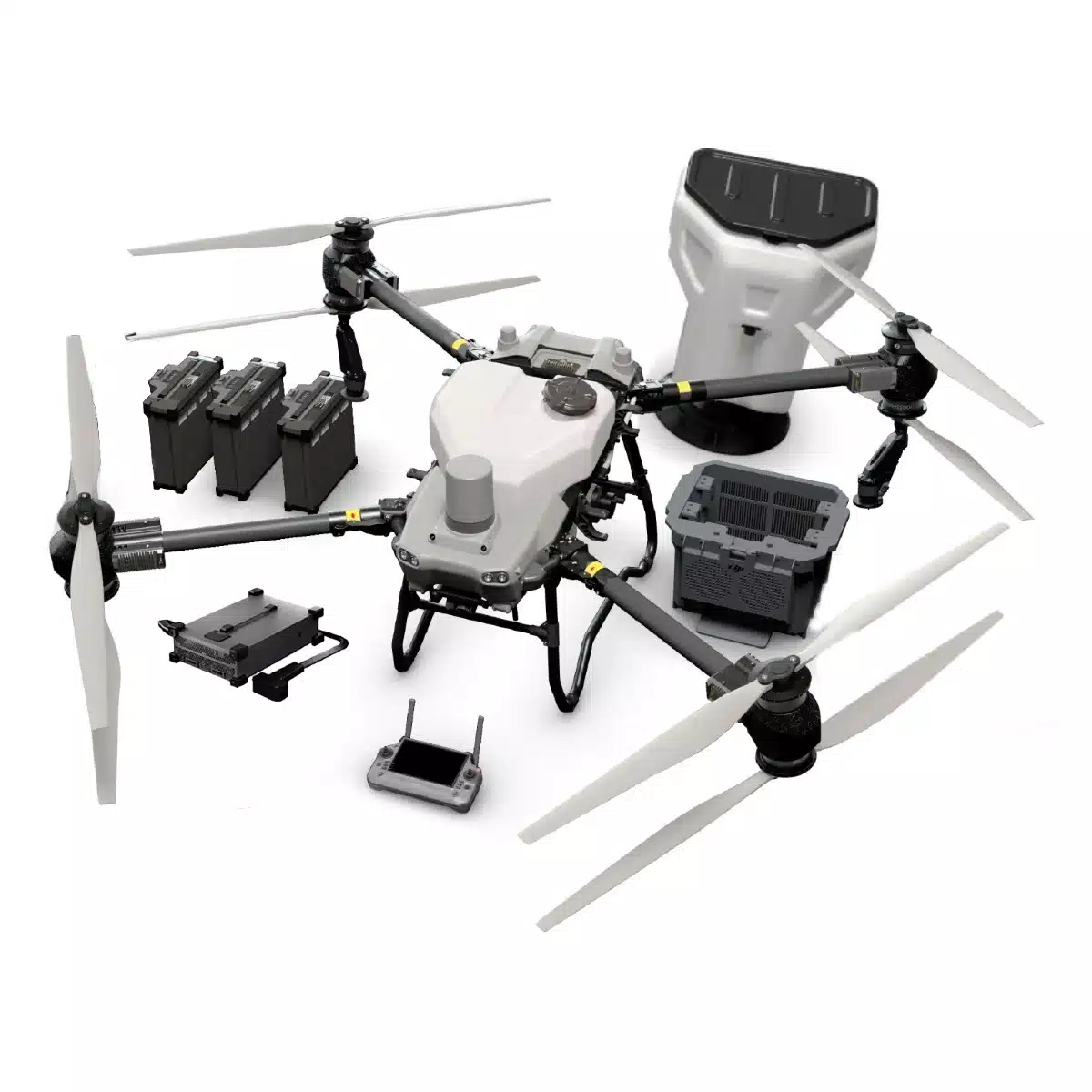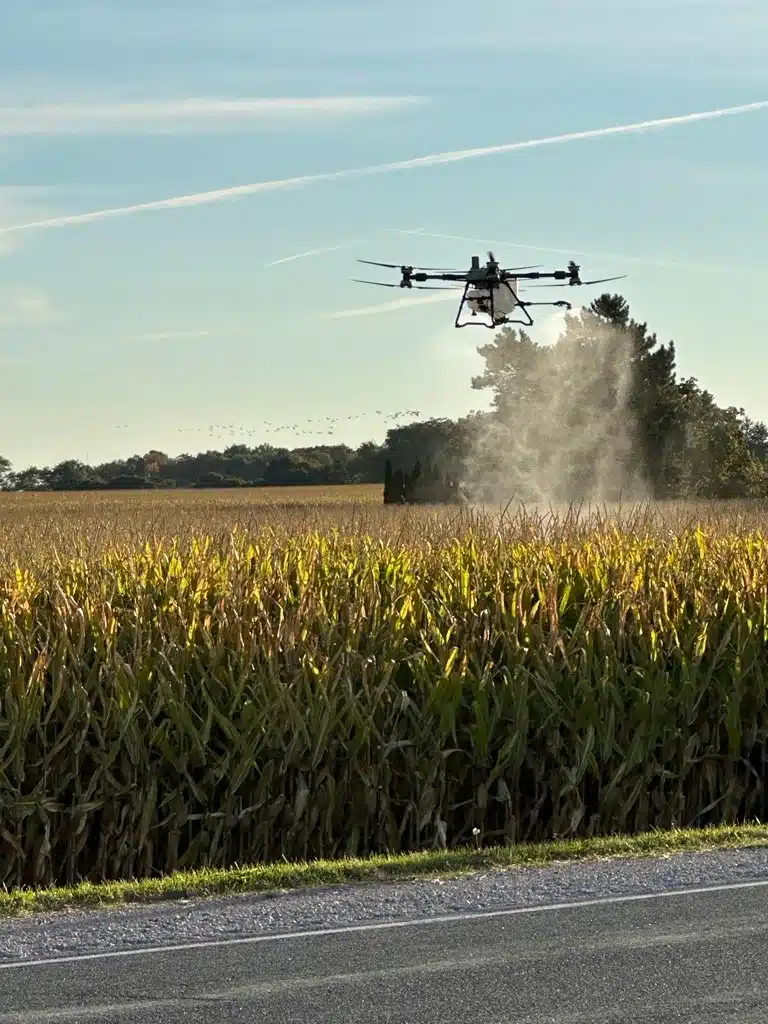What a difference a year can make.
At Canada’s Outdoor Farm Show in 2024, Green Aero Tech demonstrated a 40-litre capacity spray drone at the site. It was considered a large drone at the time.
For this year’s show, the company flew a drone that had more than doubled its liquid carrying capacity.
Read Also
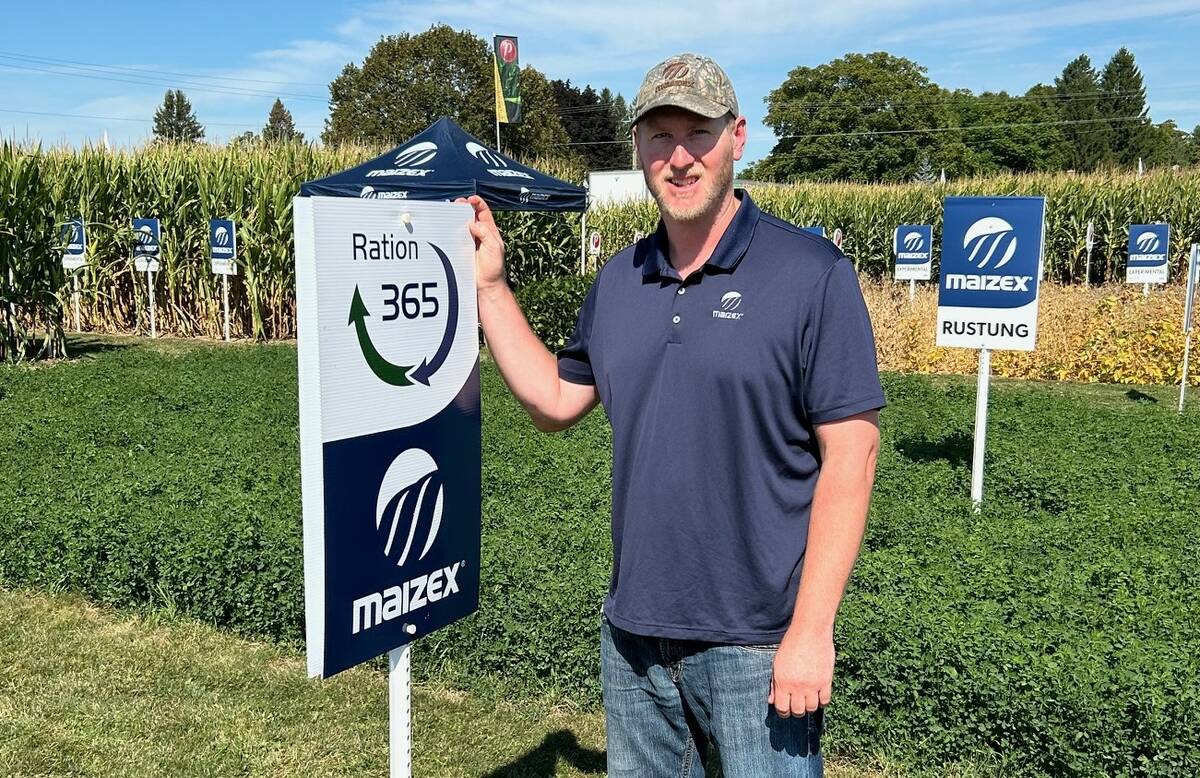
Maizex brings Elite forage seeds under its brand umbrella
The seed catalogue for Maizex Seeds takes on a different look for its 2026 edition thanks to the introduction of a new marketing initiative dubbed “Ration 365.”
“Now we have the T100 that’s been released this week,” said Warren Genik, chief technology officer with Green Aero Tech. “It’s a fantastic upgrade with 100-litres of capacity.”
The new DJI Agras T100 drone also flies faster than its predecessor — up to 20 metres per second — so operators can cover more ground in a shorter period, increasing efficiency.
More speed is great, but with a much larger drone zipping through the air what does that mean for control?
“A big feature that has been added this year is the LIDAR sensor,” said Genick.
The LIDAR sensor allows the T100 to see what’s in its path and identify potential obstacles. It can then decide to maneuver around them, slow down or find a new path.
Related: Check out the specifications and more photos of the DJI Agras T100
“It’s a very powerful feature that keeps this thing safe, even though it’s flying at these much faster speeds and with much more payload,” said Genick.
While the T100 offers increased speed and carrying capacity, the flying time is about the same as last year’s model.
“It can cover almost twice the amount of area (during that eight to 10 minutes),” said Genick. “So that’s where we can see the big increase.
“Even though it’s in the air for a relatively short period of time, we can be moving very fast with it and cover 10 plus acres in a flight.”
Fleet management
The excitement around drones seems to grow with each year, and this was evident at this year’s Canada’s Outdoor Farm Show.
While agricultural drones are a newer technology, they have been around for a few years now. So what does that mean for any early adopters who are wondering if they need to update the older drone on their farm operation?
“I really comes down to what that farmer expects from that drone, what they bought it for three years ago to do it will still be doing today,” said Genick, “but there’s just other options to increase from there.”
Like any piece of equipment, as long as a drone is well-maintained, Genick said that they are fairly robust units.
“It’s not necessarily that these have a hard shelf life to them,” said Genick. “Once in a while it might make sense to upgrade your batteries, because those are a wear and tear item.”
Genick also stressed the importance of cleaning the tank regularly. This helps to ensure that the pumps won’t stick and burn out from any residual application products.
Having an extra set of propellers on-hand is also a good idea when operating a drone on a farm, added Genick.
“If you get a little close to that tree or something on landing that gets kicked up from the ground, the propellers are probably going to be the first things that get impacted,” he said.


